As we quickly approach the holiday season, we’d like to take a moment to share something with you – a wrapped gift of all the resources we have created over the years to ensure you and your family have a poison-safe holiday season!
Carbon Monoxide Archive
Common Inhalation Exposures
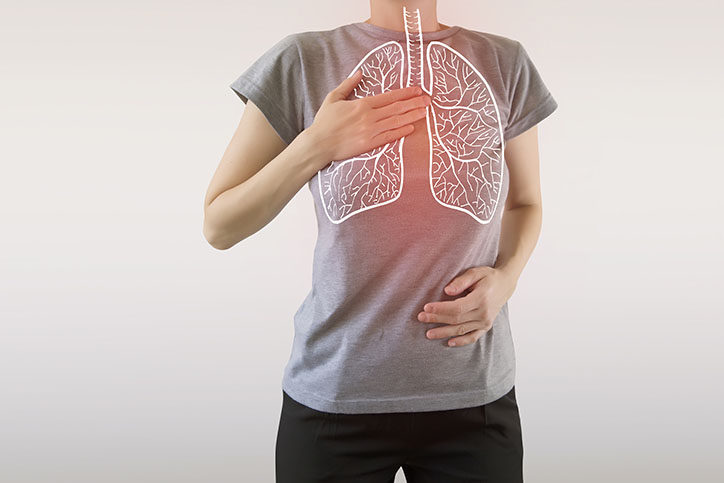
At the Maryland Poison Center (MPC), we talk a lot about poisons that are swallowed. But did you know we manage other types of poison exposures, too? Let’s look at other ways a person can be exposed to a poison, such as inhalation exposures.
Carbon Monoxide
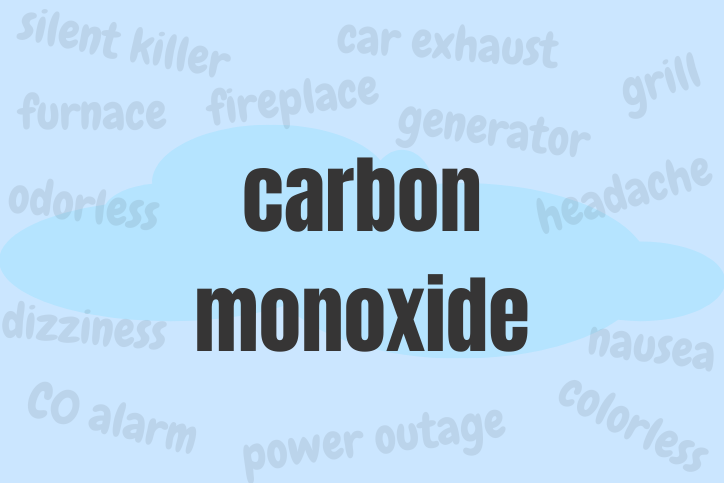
January is the deadliest month for carbon monoxide (CO) poisonings. Although they can happen year-round, CO poisonings occur more often during the winter months, as colder temperatures cause people to use furnaces and other heaters.
Fall Poison Safety

Each season comes with different poison hazards that we need to keep in mind. Although we are still coping with COVID-19, poisonings continue to happen. Below, we share some tips to help you stay poison safe during the fall season.
What’s in Your House? Laundry Room and Garage Edition
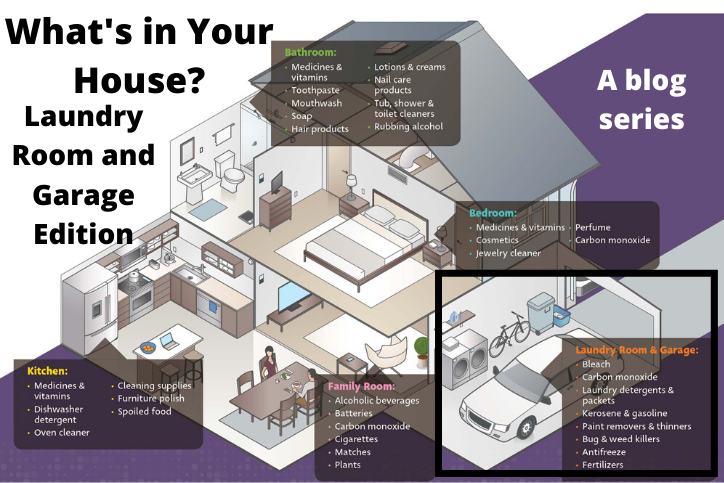
Welcome to the fifth and final edition of our home safety series. More than 90% of poisonings happen in the home. Keep an eye out for these potential poisons in your laundry room and garage, and make sure you use and store them safely.
What’s in Your House? Bedroom Edition
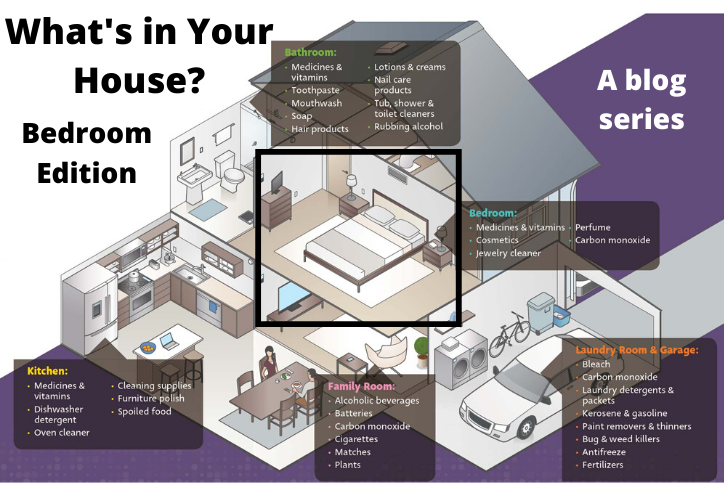
Welcome to the fourth edition of our home safety series. More than 90% of poisonings happen in the home. Keep an eye out for these potential poisons in your bedroom, and make sure you use and store them safely.
What’s in Your House? Family Room Edition
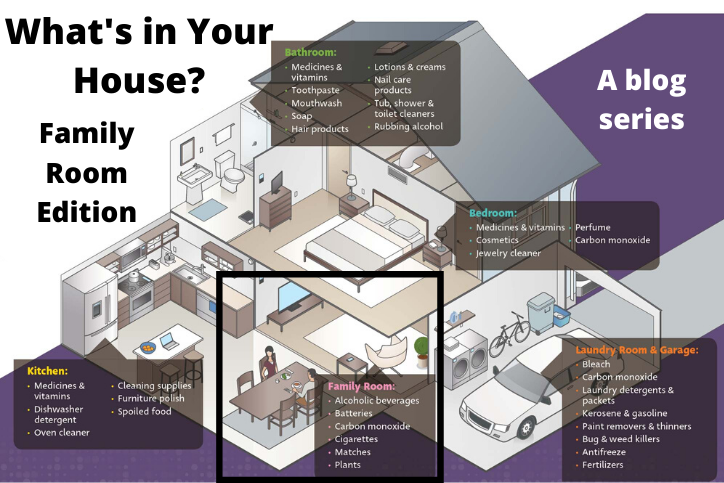
Welcome to the second edition of our home safety series. More than 90% of poisonings happen in the home. Keep an eye out for these potential poisons in your family room, and make sure you use and store them safely.
Winter Poison Safety
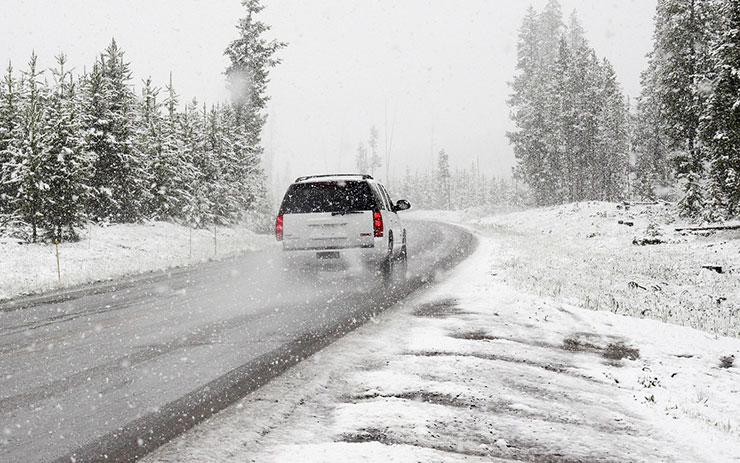
Each season brings different poison safety tips that we should keep in mind. Here, we share why you should keep carbon monoxide alarms and proper storage of winter’s hazardous materials in mind.
Take Steps to Make Your Home Poison-Safe

June is National Healthy Homes Month. Learn what you can do to help protect your family against some common household hazards.

